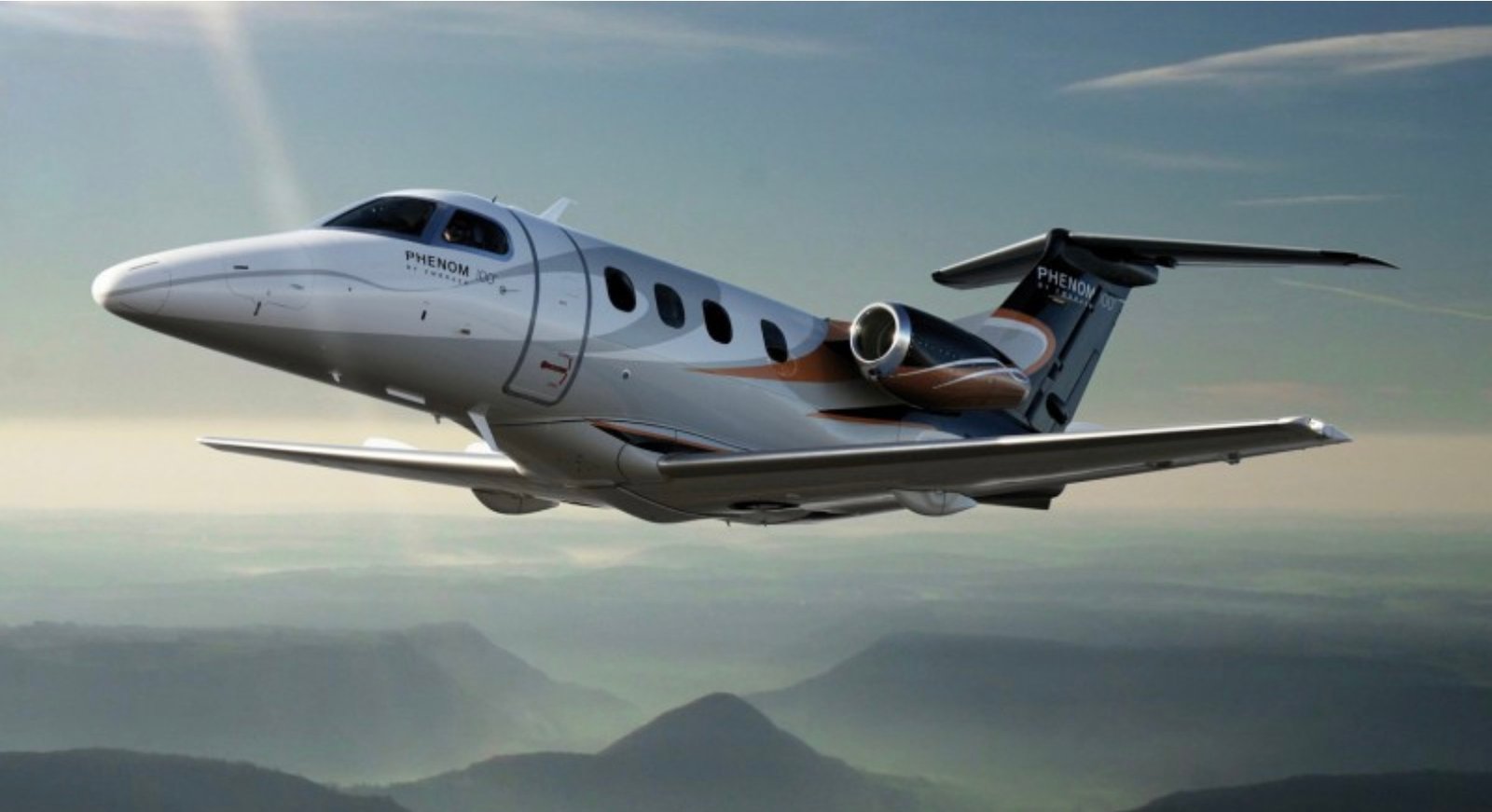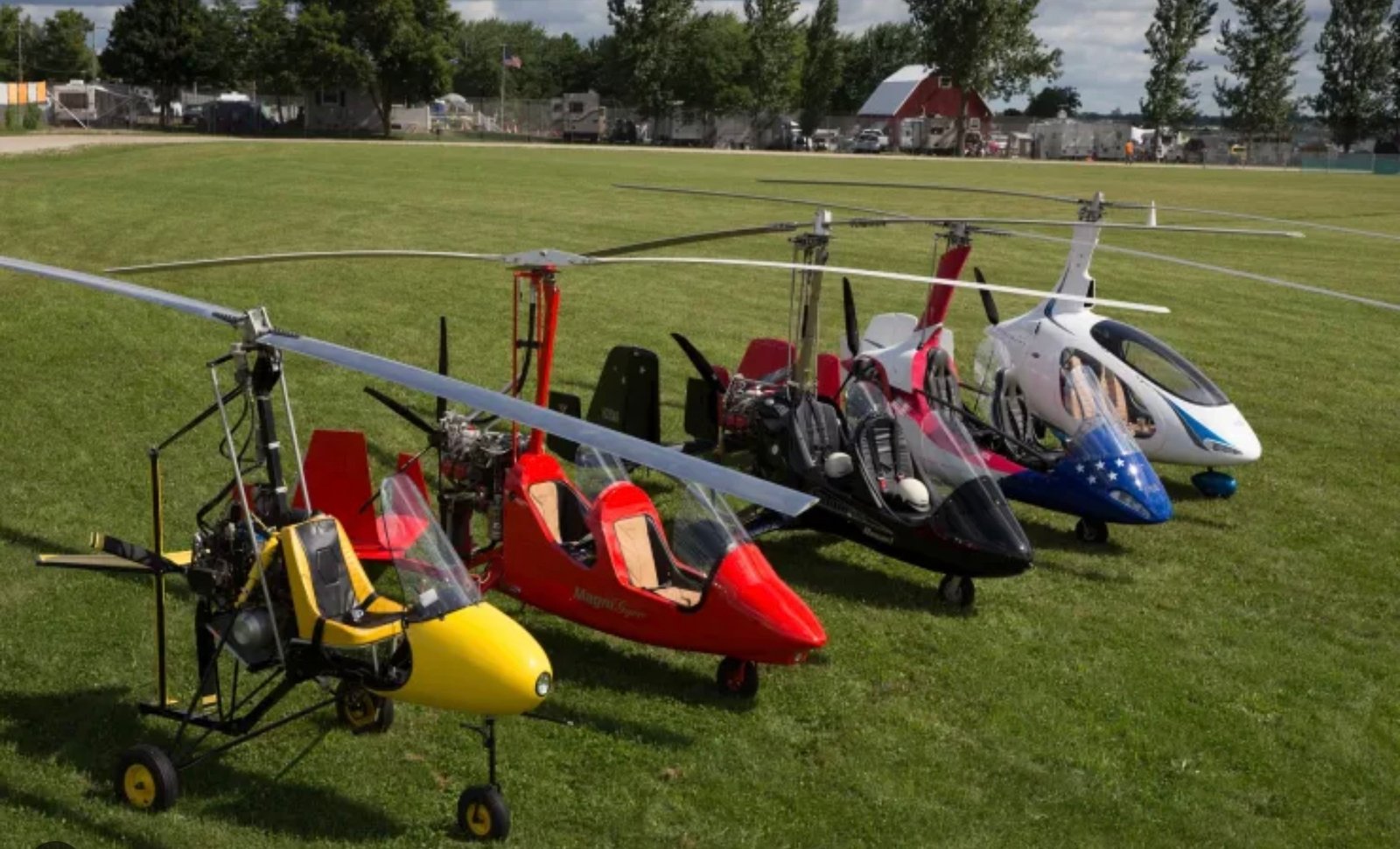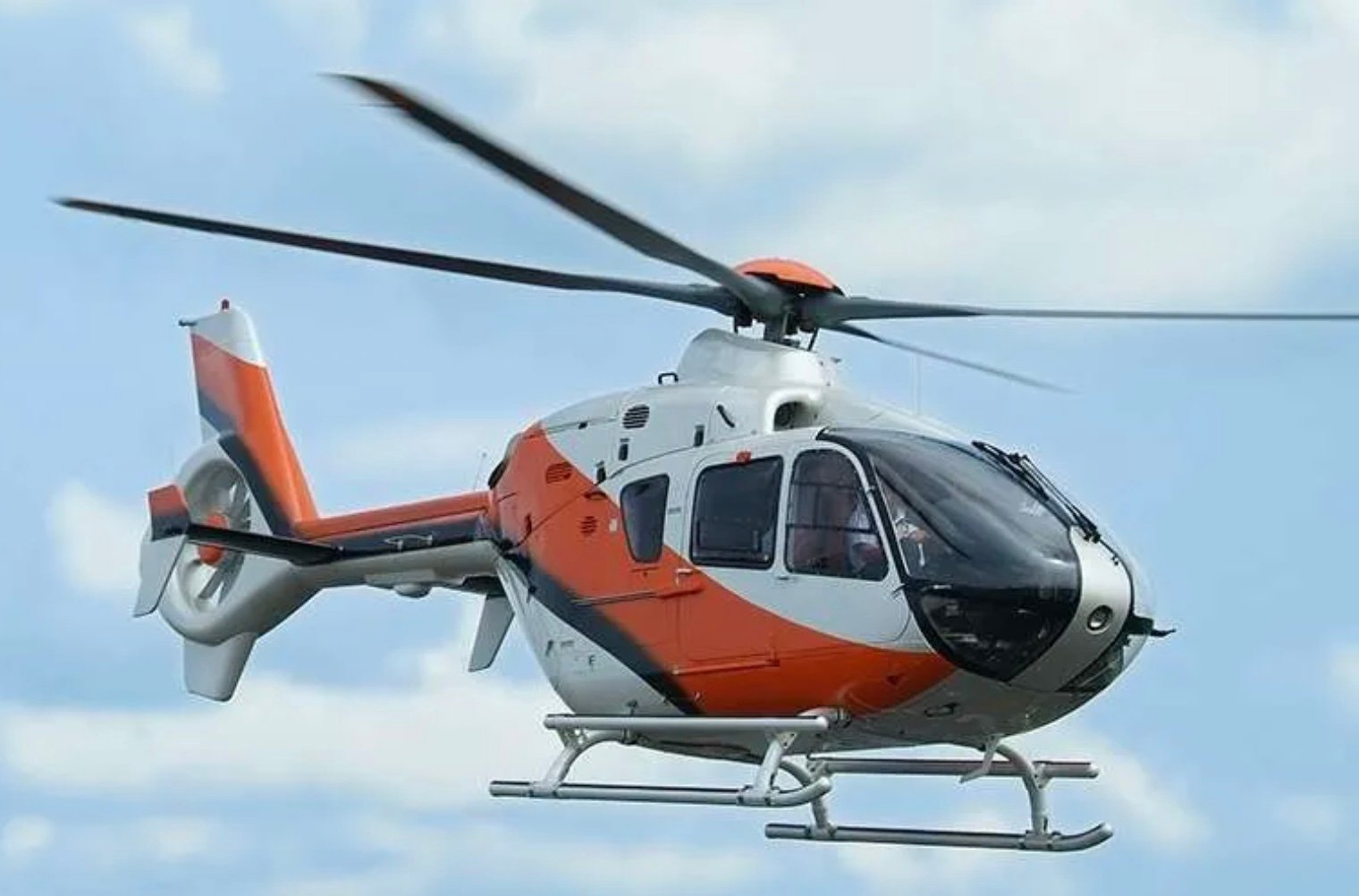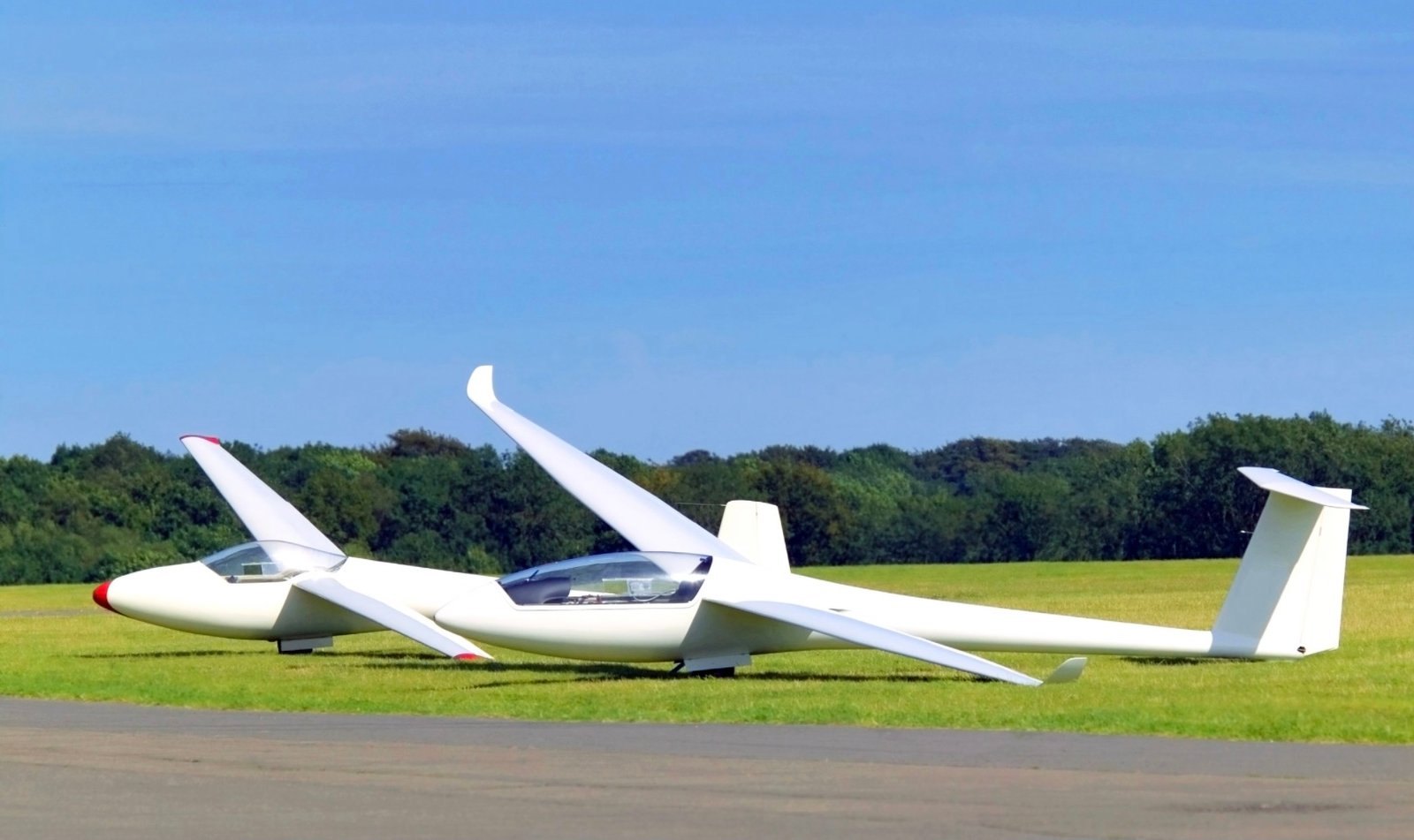What to Fly
What to Fly?
If you could fly anything, what would it be?
Maybe your long-term goal requires a few intermediate steps along the way. But knowing the type of aircraft you want to pilot starts you off on the right track and can save you time and money along the way.
SINGLE ENGINE PISTONS:
Learning to fly a single-engine piston aircraft starts your journey in aviation. Your basic licensing path takes you to the Private Pilot’s License (PPL) and most people complete the PPL training in a single-engine aircraft for reasons of cost, simplicity and availability. In most cases, learning to fly will take several hours a week for a few months, depending on how often you can fly and how much time you have.
You are likely to be introduced to one of several popular models of single-engine aircraft. Common training aircraft include the Cessna 152, Cessna 172, Diamond DA40 or Tecnam P2010.
LIGHT SPORT AIRCRAFT:
Learning to fly Light Sport Aircraft opens up an affordable and innovative world of flying. Finding the right kind of aircraft and flight training provider for you can make the difference in ensuring the enjoyment of the pursuit.

JETS:
Learning to fly a jet paves the way to your career and makes it possible for you to fly faster, more capable aircraft on personal or business missions. While very few people initially learn to fly in jet aircraft - even military pilots typically start in single-engine pistons or turboprop aircraft - with today’s light jets that can be flown by one pilot, the transition to turbine equipment has never been easier.
If you wish to pursue a career in aviation, you will want to decide if you would prefer to fly transport-category aircraft for the airlines or for a private owner or business owner. If your passion is military aviation, there are specific ways to achieve that goal as well, depending on the branch of military you wish to join.
But perhaps you are a business owner or successful person who has the opportunity and means to plan for your own jet aircraft-either just for you and your family, for your business, or both. The course you will set will have some similarities to that of a professional jet pilot, but you will probably benefit from a certain style of training provider. You will start off in a single-engine piston aircraft, and then transition to a faster more powerful aircraft-normally a piston-powered twin like a Piper Seneca or a Diamond DA42 before making your move to your first jet such as the Cirrus Vision Jet, Cessna Citation M2, Embraer Phenom 100 or Honda Jet.


ROTORCRAFT:
The rotorcraft category of aircraft includes helicopters as well as autogyros. Learning to fly a helicopter or rotorcraft opens up flying into places that other aircraft just can’t reach. If your goal is to become a professional helicopter pilot, you can fly for rescue and emergency medical services or executive transport, among many options, and these pilots are always seen to be in demand.
You’re most likely to begin training in a light single-engine piston-powered helicopter such as the Robinson R22 or the Schweizer 300CB – for reasons of economy, availability and simplicity. You will start by pursuing a Private Pilot’s License (Helicopters) and then progress to obtain a Commercial Pilot’s License (Helicopters) in order to perform work for hire. You may also go for an Instrument Rating, which allows you to fly in the clouds or low visibility. In order to fly large turbine powered transport helicopters, you’ll need an Airline Transport Pilot’s License (Helicopters).


GLIDERS:
Learning to fly gliders introduces you to flight without relying upon an engine. A glider is typically shaped like an aeroplane but with wings which are longer and thinner in order to maximize the glider’s advantage using lift. Glider categories sort into self-launch or motor gliders, aerotow or winch launch. Combined with the benefits of learning to fly using soaring techniques, and how well they apply to all kinds of flying, this makes glider flying an excellent way for a young person to start if they’re interested in learning to fly. The skills mastered in learning to soar also form a firm foundation for a prospective or current powered-aircraft pilot.
